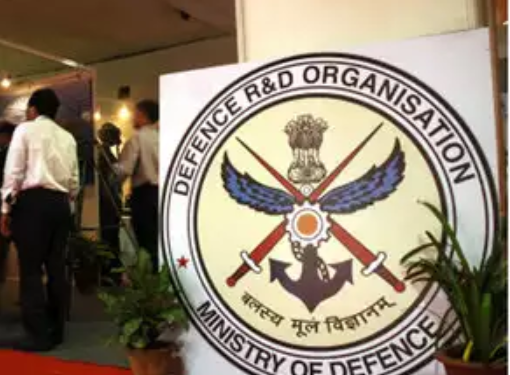India’s Defence Research and Development Organisation (DRDO) has announced that it is set to begin development of the next generation of hypersonic missiles. The move has come in the wake of a Chinese display of military ware at its National Day parade 01 October. It is being labeled as yet another ‘necessity’ in the face of growing military power in the neighbourhood. The question, though, is whether developing deterrents based on how well the neighbour is equipped will help this country innovate.
The Second World War had seen different countries, both Axis powers and the Allies, develop technologies that circumstances had forced upon them. The period saw an explosion of scientific exploration and technological development. Many of the technologies developed during both the World Wars helped the countries that fought in them to rebuild relatively well later. While fighting a war should not be an essential to develop deterrents, fresh approaches need to be developed to ensure that the country stays ahead of the curve. Hypersonic missiles are being developed across the world by leading nations including the US, Russia and China. But by the time India catches up with these nations, given its history of not only administrative delays and lack of political will but also general inabilities of people working on particular projects, the missile could become obsolete in technology by the time it sees the light of day. The research organization could rather focus on developing technology that treads into new areas which affect real life. If, for instance, the organisation is able to develop a weapons system that is of the stealth class and is economical then it would not only help India’s defense, but may also be marketable globally as a weapon of Indian origin.
Such a technology, already available with many nations, would be of immense help and would work as a greater deterrent than bigger and more potent conventional arsenals.
Recently the Indian army claimed that it had destroyed terror camps again in Pakistan Occupied Kashmir (POK) by means of an artillery strike. Success of the strike, even the military establishment would agree, is temporary and unfathomable. With global dynamics at play in the region, one cannot be assured anytime that the hydra of extremism will not sprout a fresh head. Most noticed by us all now is one big weapon the West has unleashed on the world – social media. It exerts influence on such a large segment of the world population today and at such unprecedented levels of speed and penetration that the conquest is complete and without resistance. While India has invested heavily on its services sector, what the country’s best brains are doing is to develop software for foreign firms at a lower price for profit.
The country, however, is yet to develop, say, a search engine or even a simple platform such as TikTok or YouTube that gives the country soft power across borders. The deterrence that world powers have today developed rests also to a large extent on their ability to project an image of strength. In today’s modern world, artificial intelligence (AI) is taking over most human responsibilities and actions. Drones and robots are not only frontline attack weaponry but are part of the AI environment which encompasses surveillance, attack and defence roles which were earlier the responsibilities of humans. In the absence of humans, such as foot soldiers, in large numbers, the need for conventional weapons also decreases. The question could be whether India needs hypersonic missiles or it requires anti-hypersonic counter missiles.







































